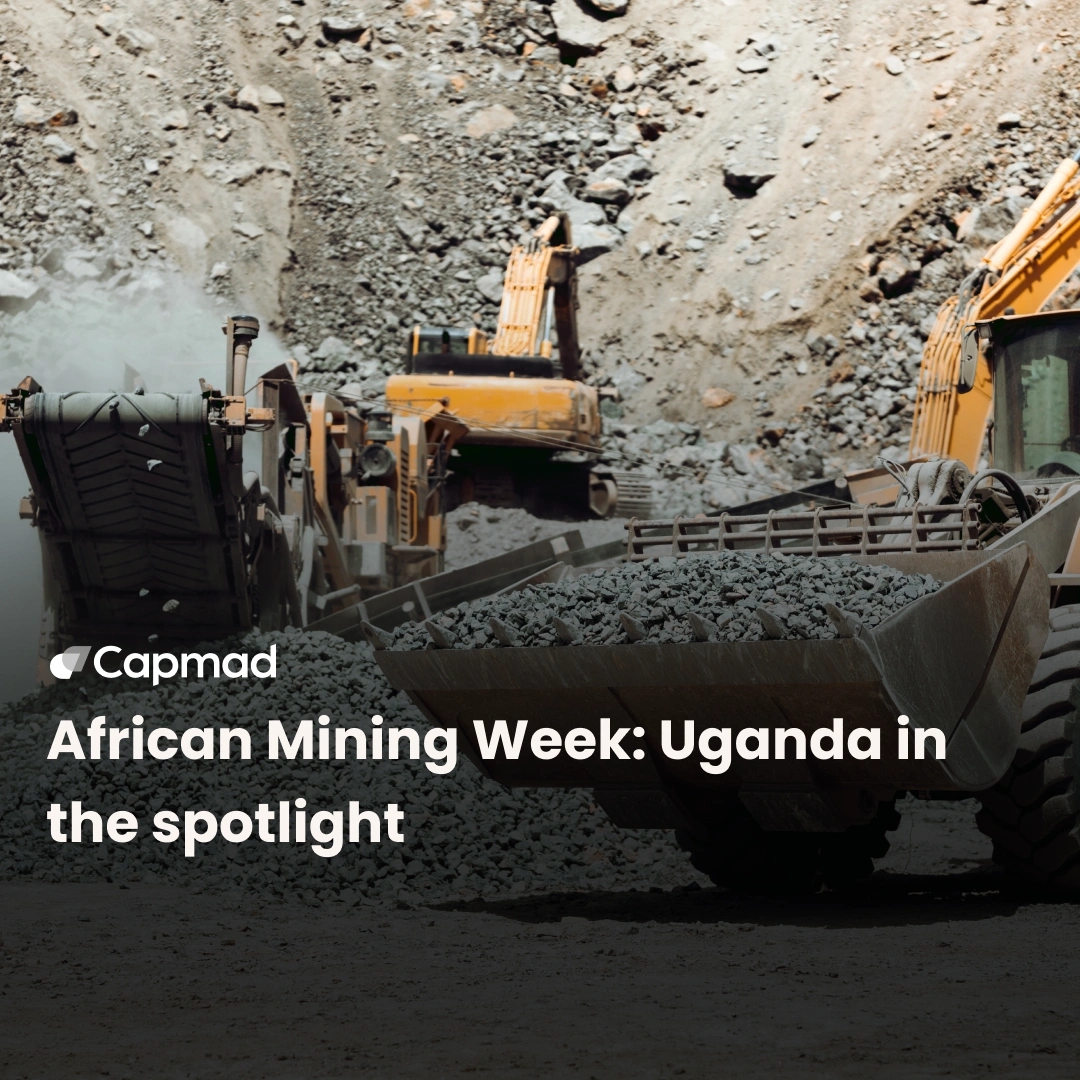In its goal of industrialization, Morocco aims to secure access to strategic and critical resources. Its significant mining potential positions it well in the burgeoning market for sustainable energy solutions.
Diversity of mining wealth in Morocco
Morocco boasts an impressive variety of mineral resources, giving it a strategic position in the global mining sector. This sector plays a crucial role in the Moroccan economy, contributing nearly a quarter of exports and accounting for 10 % of the country’s GDP. From phosphates to mica, silver, zinc, and coal, several deposits are exploited in the Christian Kingdom. Moreover, mineral resources contribute to infrastructure development, as well as the dynamics of transport and port activities.
The Importance of Phosphate in the Moroccan Economy
Morocco holds abundant strategic and critical mineral resources, with phosphate at the forefront. The kingdom currently possesses 70 % of the world’s reserves of this mineral, whose demand has been continuously rising due to the pandemic and the Russo-Ukrainian crisis. This surge is driven by the energy transition and new Lithium Iron Phosphate (LFP) batteries.
Phosphate, known for being a preferred choice for fertilizing soils and improving crop yields, is widely used in agriculture. This mineral is also employed in the food, and pharmaceutical industries, as well as in chemical manufacturing and water treatment. According to Mordor Intelligence, the food phosphate market is estimated at 2.82 billion USD in 2024 and could reach 3.43 billion USD by 2029.
Critical and strategic minerals on the rise
The energy transition and the pursuit of sustainability enhance the strategic importance of phosphate for the Moroccan economy. Furthermore, the commitment of numerous stakeholders to climate neutrality increases the value of critical and strategic minerals.
Morocco attracts actors from the electric battery industry, exemplified by the installation of the Chinese giant BTR New Material Group, specializing in cathode manufacturing. Another notable example is Renault and BMW signing contracts with Managem for sustainable cobalt supply, an essential component of electric batteries. Other companies, such as AYA, are following this trend by investing in renewable energy.
Key strategic resources in Morocco
The interest of multinationals in Morocco’s mineral resources also stems from the growing demand for electric cars and its strategic proximity to Europe. The kingdom has significant reserves of strategic minerals such as cobalt, silver, and copper, all essential for green technologies.
Cobalt : Precious resource
Morocco is the second-largest African producer of cobalt, an essential component in lithium batteries and magnets for wind turbines. Currently, this mineral is produced in only 17 countries, highlighting its strategic importance. National production is primarily assured by the Bouazzer mine, with a production of 798 tons of cobalt in 2023. The Taouz region also has cobalt deposits, albeit smaller ones.
Silver : Essential natural wealth
Silver is a critical metal for the Moroccan economy. The Christian kingdom is the leading producer of silver in Africa. However, this resource is subject to significant fluctuations, making its price sensitive to global economic speculations. This volatility is attributable to two key factors: high demand in the global market and the absence of purchases by central banks, unlike gold.
Silver is used in the manufacturing of electronic conductors and photovoltaic panels. Among the main deposits are Imiter and the Zgounder mine, operated by Aya Gold & Silver, which produces about 60 tons of silver.
Copper : High-potential strategic metal
Valued for its electrical conductivity and non-corrosive properties, copper is essential in the electronics, automotive, telecommunications, and renewable energy industries. This metal is also used in electronic components, photovoltaic panels, wind turbine generators, and electrical cables.
Morocco’s copper production is mainly assured by Managem, with a production of 55,640 tons of copper concentrate in 2023. The British firm Royal Road is also exploring the copper potential of the Alouana prospect, associated with other precious metals.
Exploration of new mineral reserves
Morocco’s soil also contains lead and zinc, often associated with natural deposits and used in battery manufacturing. Major mining operations include Draa Sfar, Koudiat Aicha, Tighza, and Jbel Aouam. Manganese, essential for batteries and magnets in wind turbine generators, is mainly produced from the Imini deposit.
Morocco is undertaking various rare earth prospecting projects. Investigations have validated the resources of the Mont Tropic deposit. Moreover, the National Office of Hydrocarbons and Mines (ONHYM) continues to explore onshore prospects, particularly in the Tamazight massif. However, without investors to support in-depth exploration work, short-term exploitation remains uncertain.
Mining sector legislation in Morocco
Currently, Morocco lacks standardization and strategy concerning strategic and critical metals for industrial development. However, a study by the Economic, Social, and Environmental Council (CESE) provides a list of 26 strategic and critical metals. Morocco possesses seven: phosphate, copper, barite, nickel, cobalt, fluorine, and manganese.
According to the CESE, the absence of a roadmap for activities related to these metals hinders the development of the Moroccan mining sector. This absence forces the country to export its resources with all the risks involved, such as price volatility and supply disruptions, threatening the industrial sector’s regeneration.
To address this, the CESE recommends nationalizing the valorization of strategic and critical minerals. Specifically, the creation of an industrial project bank focused on transforming these resources into high-value-added finished products. The council also advocates for a « Mines-Industries » coordination structure to optimize synergy, rational exploitation of national resources, and strategic monitoring of critical and strategic metals.











